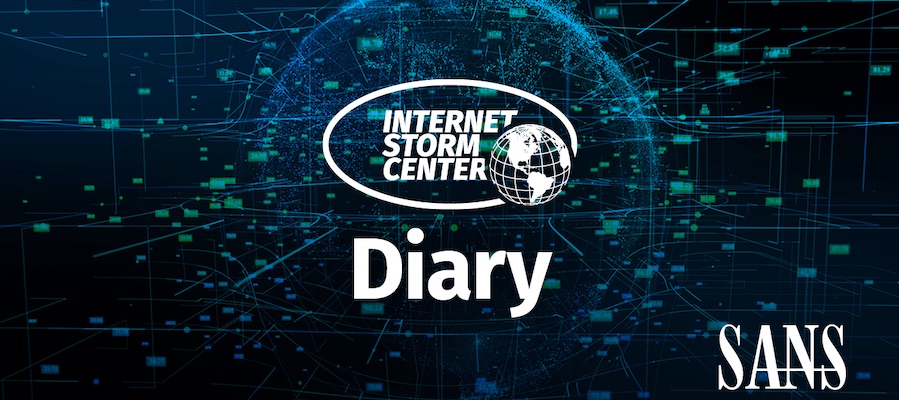I published the following diary on isc.sans.edu: “A First Malicious OneNote Document“: Attackers are always trying to find new ways to deliver malware to victims. They recently started sending Microsoft OneNote files in massive phishing campaigns. OneNote files (ending the extension “.one”) are handled automatically by computers that have the

